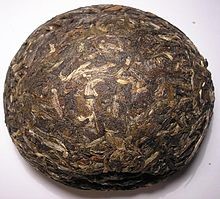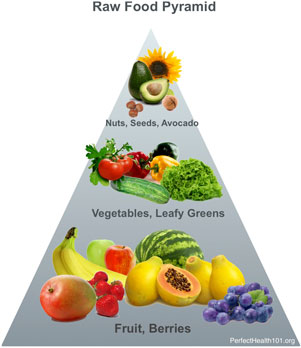11/28/2018 HERBAL TEA and MORE
Psalms 104:14 HE causes the grass to grow for the cattle, and herb for the service of man….
[King James translation]
Herbs
There are a number of herbs mentioned in the Bible. Hyssop, garlic, frankincense, myrrh, cinnamon and mint are just a few. During Biblical times, many herbs had medicinal as well as culinary usages. For example, in the wilderness, the people complained to Moses about the foods that they missed, including the leeks, onion and garlic. See, Numbers 11:5.
Some herbs also had symbolic or religious significance. For example, hyssop was considered the holy or purification herb. Hyssop branches were used in the temple worship and used to clean sacred places. In Leviticus, at the time of the Exodus, the Jewish people were instructed to “Take a bunch of hyssop, dip it into the blood in the basin and put some of the blood on the top and on both sides of the doorfame.” See, Exodus 12:22. In Psalms 51:7, David asks GOD to “Purge me with hyssop, and I shall be clean: wash me, and I shall be whiter than snow.”
In John 19:29, it was noted that a sponge filled with vinegar was put on a hyssop branch and held to JESUS’ lips. Psalms 104:14 states that herbs are to serve humankind.
Herbal Tea
The health benefits of herbal tea have been known for a very long time.
Herbal teas, sometimes called a “Tisane” are an infusion or combination of herb, water, dried fruit, flowers, leaves, grass or roots. Herbal teas may be made with or without the tea leaves of a tea plant Camellia sinensis.
When “purists” or “traditionalists” speak of tea that comes solely from tea leaves of the Camellia sinensis plant, they usually refer to five types of tea: White, Black, Oolong, Green and Pu’er tea.
- Black Tea is fully oxidized (fermented), withered and dried. Some of the popular Black teas include English Breakfast and Darjeeling. [Oxidation is an enzymatic process that causes the tea to turn brown after harvest. This chemical reaction is the same kind of process that occurs when an apple or avocado turns brown after being cut and is exposed to oxygen.]
- Green tea skips oxidization and is withered and simply dried. [Fixing is a tea process that prevents oxidization. There are a number of “fixing methods” to help prevent oxidation, including pan frying (e.g. in a pan or wok with gas or wood fire); steaming (e.g. where steam is forced between the leaves; Tumbling (e.g. where a metal tumbler rolls and heats the leaves) and Baking (where a type of oven is used to bake the leaves) are some of the common “fixing methods.” Teas can also be fixed by microwaving, sun drying the leaves, boiling, modifying room temperatures in a room where the tea leaves are stored.]
- Oolong Tea is partially fermented (e.g. between 30-70%) and withered. These teas are popular in Japan, Taiwan and China. Oolong is a cross between black tea and green tea in taste and color.
- White Tea, usually from China, is not oxidized or rolled, but usually withered and dried by steam, air drying, mechanical drying or solar drying. The flavor tends to be “lighter” than most traditional green teas or black teas.
- Pu’er or Pu-erh is a fermented tea produced in China. Pu’er tea is aged tea. Green tea is not fermented, Oolong tea is partially fermented, Black tea is fully fermented and Pu’er tea is post-fermented. Pu’er is fermented and then put in storage and aged, usually under high humidity. It tends to be a thick tea, sometimes sold in thick cakes.

See, “About Tea,” http://www.about-tea.com/2005/11/the_four_types_of_tea_1.html; “Pu-erh Tea,” https://www.webmd.com/vitamins/ai/ingredientmono-1169/pu-erh-tea.
According to WebMd:
Studies have found that some teas may help with cancer, heart disease, and diabetes; encourage weight loss; lower cholesterol, and bring about mental alertness. Tea also appears to have antimicrobial qualities.


